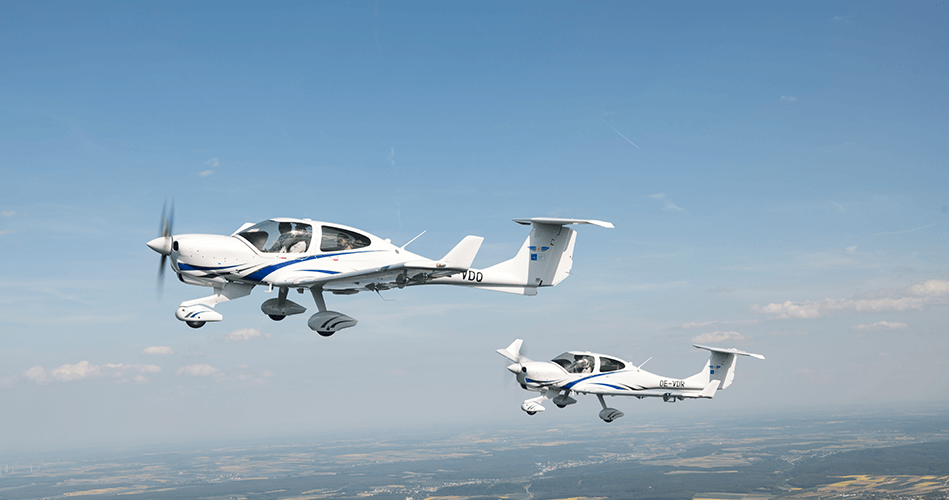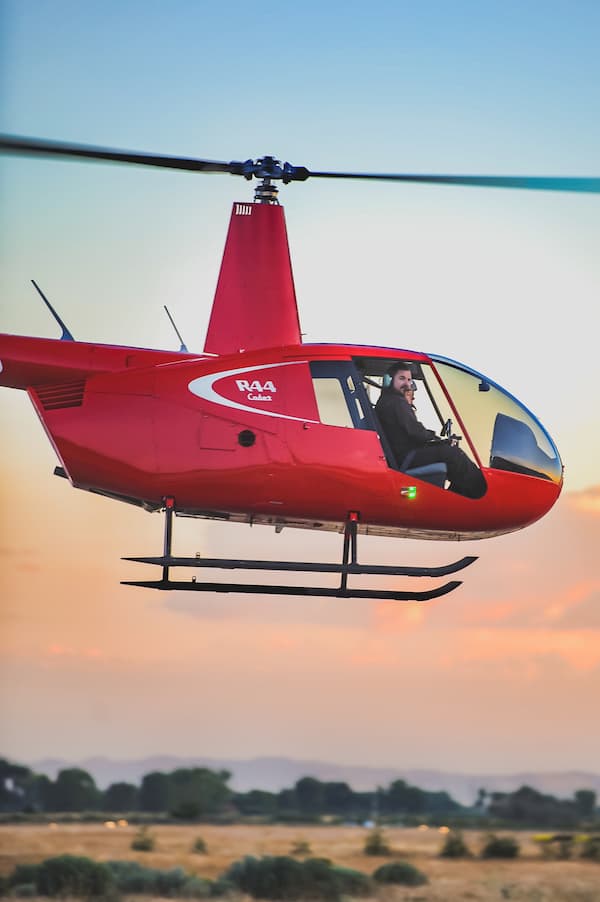

There are several ways of obtaining a commercial license in India for a pilot. To be eligible for CPL, a candidate needs to qualify two medical tests. One must have physics and mathematics as his or her compulsory subjects in 10+2. He or she must have completed 10+2 education. It is the minimum age limit for commercial pilot license whereas 60 to 65 is the maximum. The first requirement for an individual to be able to get a commercial pilot’s license is to be 18-years-old. In order to be eligible to become a commercial pilot one needs to fulfill some eligibility criteria. The individual must be 18-years old and should have completed his or her 10+2 with science stream ( Maths + Physics mandatory). An individual needs to complete 40 hours of flying in order to apply for a private pilot license.Ĭommercial Pilot License- In order to become a commercial pilot an individual needs to complete a minimum of 200 hours of flying. The duration of the programme is between 4-6 months. Private Pilot License- There are several people who want to be a pilot in order to fulfil their hobby of flying. The minimum qualification to become a student pilot is to qualify class 10. Student Pilot’s License- In order to be eligible to become a student pilot one must be 16-years of age (minimum). However, there are several types of licenses available when it comes to flying an aircraft. Types of CPLĬommercial Pilot License is neither a degree nor a diploma, it's a course for a license certification for pilots. There are several airlines in India as well as abroad which hire licensed commercial pilots. If an individual fulfils these criteria and passes the licensing exam then he or she can fly commercially. The job involves a lot of responsibilities therefore, the pilot must be disciplined, patient, punctual as well as committed to the job. Not only that, but a commercial pilot should also be able to lead the aircraft in any adverse situation faced while flying for example, unpleasant weather, thunder storms, turbulence and other similar situations. Apart from that one must have the efficiency to work on sophisticated electronic systems that are a part of an aeroplane. One must have the knowledge of areas like air navigation, he or she should be able to interpret the meteorological reports and at the same time communicate about the problems faced clearly. Group 3: piston engine aeroplanes other than those in Group 1.A commercial pilot’s job is a highly specialized field of work where one’s skills should be top-notch as several risks are involved while flying an aircraft.sub-group 2c: single piston engine helicopters.sub-group 2b: single turbine engine helicopters.sub-group 2a: single turbo-propeller engine aeroplanes.Group 2: aircraft other than those in Group 1 belonging to the following subgroups:.Group 1: complex motor-powered aircraft as well as multiple engine helicopters, aeroplanes with maximum certified operating altitude exceeding FL290, aircraft equipped with fly-by-wire systems and other aircraft requiring an aircraft type rating when defined so by the Agency.The subcategories are:įor the purpose of ratings on aircraft maintenance licences, aircraft shall be classified in the following groups: Category C: Aircraft Engineer / Maintenance ControllerĬategories A and B1 are subdivided into subcategories relative to combinations of aeroplanes, helicopters, turbine and piston engines.Category B3: Aircraft Engineer on piston-engine non-pressurised aeroplanes of 2 000 kg MTOM and below.Category B2: Aircraft Engineer on avionic and electrical systems.Category B1: Aircraft Engineer on powerplant and mechanical and electrical systems.Category A: Aircraft Mechanic for simple defect rectification.


This section establishes the requirements for the issue of an aircraft maintenance license and conditions of its validity and use, for aeroplanes and helicopters of the following categories:


 0 kommentar(er)
0 kommentar(er)
